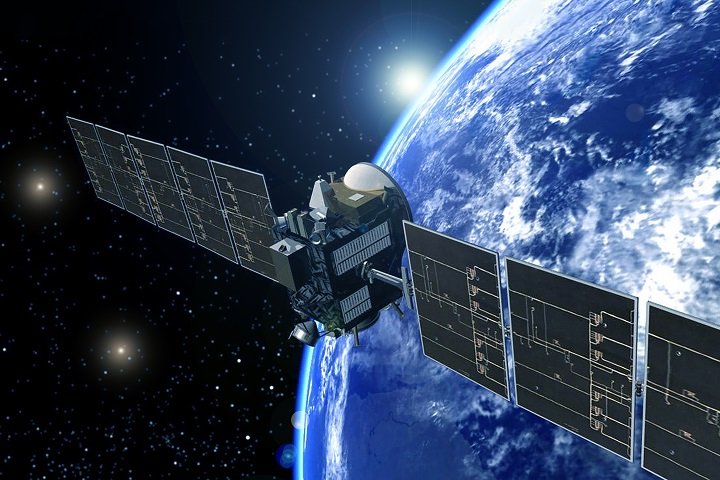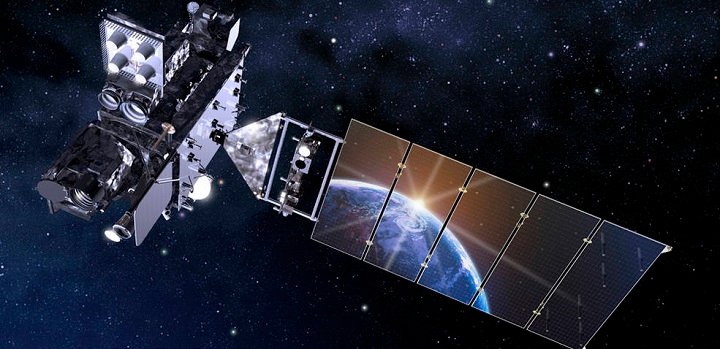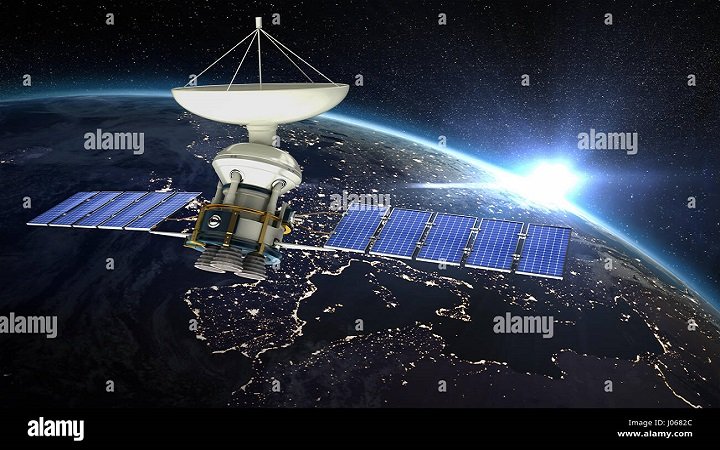
Advanced Satellite Operations have you ever looked up at the night sky and wondered about the stars and satellites whizzing around Earth? Advanced satellite operations are a big part of how we use technology to explore space and communicate with each other. These operations are essential for everything from weather forecasting to global communications and even GPS navigation. In this blog, we’ll dive into what advanced satellite operations are, why they matter, and how they are changing our world.
What Are Advanced Satellite Operations?

- Communication: Connecting people across the globe.
- Weather Monitoring: Helping us prepare for storms and understand climate changes.
- Earth Observation: Keeping an eye on our planet’s health, from forests to oceans.
- Navigation: Helping us find our way using GPS technology.
These operations require skilled people and sophisticated technology to make sure everything runs smoothly.
The Importance of Satellites
Satellites play a crucial role in our daily lives. Here are some ways they help us:
- Communication:
- Satellites help us make phone calls, watch TV, and use the internet. They allow people in remote areas to connect with the rest of the world.
- Weather Forecasting:
- Satellites provide images and data that help meteorologists predict the weather. This information keeps us safe from severe weather like hurricanes and tornadoes.
- Global Positioning System (GPS):
- GPS satellites help us navigate roads, find locations, and even guide airplanes and ships. This technology is essential for transportation.
- Earth Observation:
- Scientists use satellites to monitor changes in the environment, such as deforestation, pollution, and natural disasters. This information is crucial for protecting our planet.
How Do Advanced Satellite Operations Work?
Now that we know why satellites are important, let’s look at how advanced satellite operations function. Here are the key steps involved:
1. Launching Satellites
Satellites are sent into space using powerful rockets. The launch process is complex and requires careful planning. Engineers work hard to ensure that satellites reach their correct orbits, which can be thousands of miles above Earth.
2. Orbiting Earth
Once in space, satellites orbit Earth at different heights and speeds, depending on their purpose. For example, weather satellites are usually in geostationary orbit, meaning they stay in the same spot above the Earth. This allows them to continuously monitor weather patterns.
3. Collecting Data
Satellites are equipped with various instruments to gather data. For instance, Earth observation satellites use cameras and sensors to capture images of the planet’s surface. Communication satellites use transponders to send and receive signals.
4. Data Processing
The data collected by satellites is sent back to Earth, where it is processed and analyzed. This information is then used for various applications, such as creating weather forecasts or mapping out new transportation routes.
5. Communication with Ground Stations
Satellites communicate with ground stations that control their operations. These stations monitor satellite health, make adjustments, and ensure that everything is functioning correctly.
The Future of Advanced Satellite Operations
The world of satellites is constantly evolving. Here are some exciting developments we can expect in the future:
1. Miniaturization
Satellites are becoming smaller and cheaper to build. This means more countries and organizations can launch their own satellites, which can lead to more data and better services for everyone.
2. Enhanced Communication
With the rise of low Earth orbit (LEO) satellites, like those from companies such as SpaceX, internet access is becoming available even in the most remote areas. This technology promises to bring high-speed internet to everyone, regardless of location.
3. Improved Earth Observation
Advanced satellite technologies are enhancing our ability to monitor Earth. For example, new sensors can detect pollution levels and track deforestation in real-time. This data is vital for making informed decisions about environmental protection.
4. Space Debris Management
As more satellites are launched, the risk of space debris increases. New technologies are being developed to track and manage this debris, ensuring safer operations for future missions.
Real-Life Examples of Advanced Satellite Operations
Here are some real-life examples of how advanced satellite operations are making a difference:
1. The Global Positioning System (GPS)
GPS technology, powered by a network of satellites, helps millions of people navigate daily. Whether you’re driving, hiking, or flying, GPS provides accurate directions and location information.
2. NASA’s Earth Observing System (EOS)
NASA operates a series of satellites that monitor the Earth’s climate and environment. These satellites collect data on temperature, vegetation, and ice cover, which scientists use to study climate change.
3. The European Space Agency’s Copernicus Program
This program uses satellites to monitor environmental changes across Europe. It provides valuable data for agriculture, forestry, and disaster management, helping communities respond effectively to challenges.
Challenges in Advanced Satellite Operations

1. Cost
Building and launching satellites is expensive. Smaller countries or organizations might struggle to afford these costs, limiting their access to satellite technology.
2. Space Debris
As the number of satellites increases, so does space debris. This debris poses risks to operational satellites and requires careful monitoring and management.
3. Cybersecurity Threats
Satellites are vulnerable to cyberattacks, which can disrupt communication and data collection. Ensuring the security of satellite operations is crucial.
Conclusion
Advanced satellite operations are vital for modern life. From improving communication to monitoring climate change, satellites play an essential role in our daily activities. As technology advances, we can expect even more exciting developments in the world of satellites. By understanding how they work and the challenges they face, we can appreciate the incredible impact they have on our planet.
For more detailed information on satellite technology and its applications, check out NASA’s and explore how satellites are shaping our future.